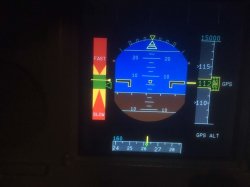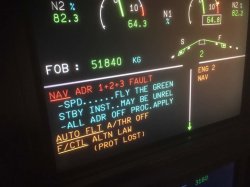This story about a pilot and ATC at JFK having a mild 'dispute' about how the aircraft should proceed in a climb, made me wonder:
Do pilots, when you are about to commence the take-off roll, have a mental picture of where other aircraft are within, say, 5 minutes of take-off? That is, where previous departures have peeled off to, where traffic transiting the airport region are, and what level? Reason being, that if you have to take emergency action either to avoid another aircraft or maybe a drone etc, you can do so with some 'confidence' and not have to wait for ATC to catch up and direct you?
Or, even ignoring the emergency thing, do you picture where the aircraft are, so you have a bit of a check against an errant ATC directive?
















